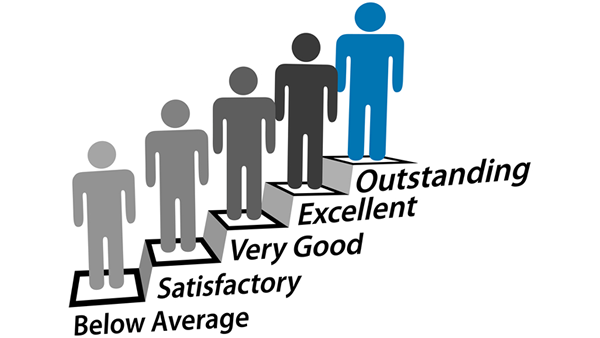ATD Blog
How to Hire Great Sales People
Tue Jan 27 2015

Amazon is notorious for having a challenging hiring process. In fact, Jeff Bezos, CEO of Amazon, once said “I’d rather interview 50 people and not hire anyone than hire the wrong person.”
Should sales managers be so picky when building their teams? Absolutely. Bad hiring decisions are easy to make, but have long-term effects. We have all been in situations where we need to fill a position quickly and the candidate we hired seemed great during the interview process only to be a failure once on the job. As many sales managers have discovered, many sales people do their best selling during the job interview process. Unfortunately, the consequences of a bad hire are severe: hiring expense, training costs, lost productivity, risk of losing customers and so on.
So how does a sales leader find the right candidate? And more importantly, how do they determine how this candidate will really perform in the long-term? Hiring great sales people boils down to two things: benchmarking star performers and using behavioral based interviewing practices. Let’s look at both of these practices.
Benchmarking Star Performers
Many sales leaders have created (or inherited) a job description for their sales teams. A job description is meant to detail the responsibilities, expectations and duties for the open position. A benchmark on the other hand looks at key attributes that are either present or lacking in some of the key players in that are performing well in the position. We use a tool called the STAR Profile.
The idea here is to look with a scrutinizing eye at the characteristics that are or aren’t present in your top performers and then hire to those characteristics. The goal is for the sales leader to challenge their current thinking about any assumptions they may have about star performers to see if a new profile emerges.
Some of the more obvious considerations are education and industry specific experience. For instance, you may hold the assumption that your candidates must have industry experience and that may well be true. But scanning the star performers on your team, are there individuals that came to you without industry experience and were able to come up to speed quickly? If so, maybe you are holding a notion that is outdated or just plain wrong.
Our STAR Profile looks at five key areas:
Education
Work Experience
Performance on the Job
Skills and Knowledge
Personal Qualities/Behaviors.
Of these key areas, arguably the most important for most sales leaders are the Personal Qualities and Behaviors. Do you want a candidate that is aggressive or more a candidate that has positive attitude—or both? In shorter sales cycles you may want to look for resilience. Careful consideration of these factors will help you hire top sales people that will be the best organizational fit.
Behavioral-Based Interviewing
Once you are clear on the attributes you are seeking in new hires, the next thing is to uncover if the candidate that you are interviewing actually has those attributes and is not just interviewing to those attributes. The best way of doing this is with an interview methodology that focuses on behaviors.
Many times a sales manager will ask leading questions such as “we’re really a team oriented culture—are you a team player?” Any candidate worth your time will respond with a resounding “yes.” But in that case, we have told the candidate what we want to hear and don’t really know if they are in fact a team player.
A more effective approach is to use a question system that looks at how they have applied the skill or attribute in the past. After all, the best predictor of future behavior is past behavior. We suggest using the STAR method: Situation, Task, Action, and Result. Each question asks about how the particular characteristic was demonstrated in the past and then drills down more to find out the specifics.
Going back to the attribute of resiliency, here is how the STAR model would help uncover a person’s resilience:
Situation: Tell me about a problem in your life that was particularly difficult to overcome.
Task: Describe what you were doing when this problem or obstacle occurred.
Action: How did you combat this challenge?
Result: What was the outcome? How will this situation affect your outlook when similar problems arise?
Behavioral-based interviewing is successful because the more detailed the response, the more likely the accuracy. And that is what you’re really digging for in an interview.
Hiring great sales people is critical to the long-term success of any sales team. But consistently hiring great people takes time. Before rushing to fill your next open position, take the time the practices of benchmarking and behavioral based interviewing.
If you’re looking for more insight on building highly effective sales teams, download our whitepaper, Maximizing the Effectiveness of Sales Training.
